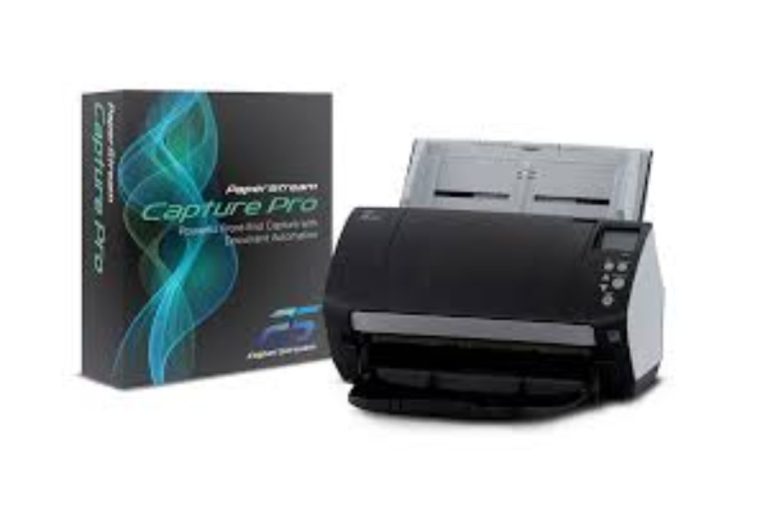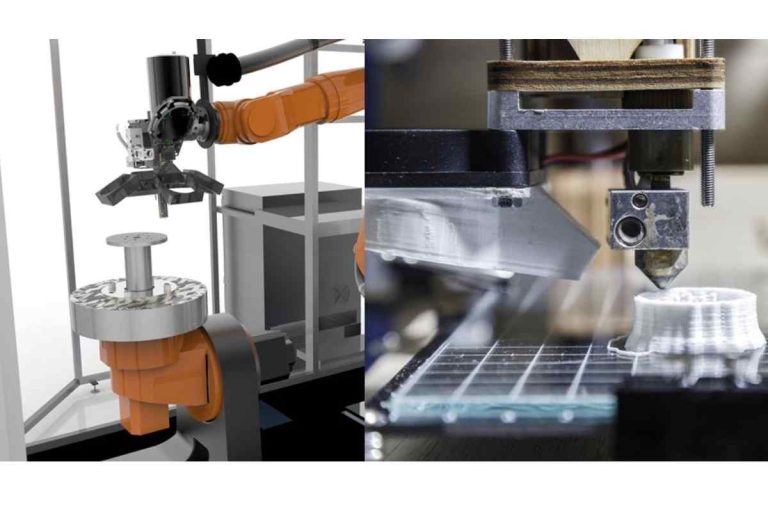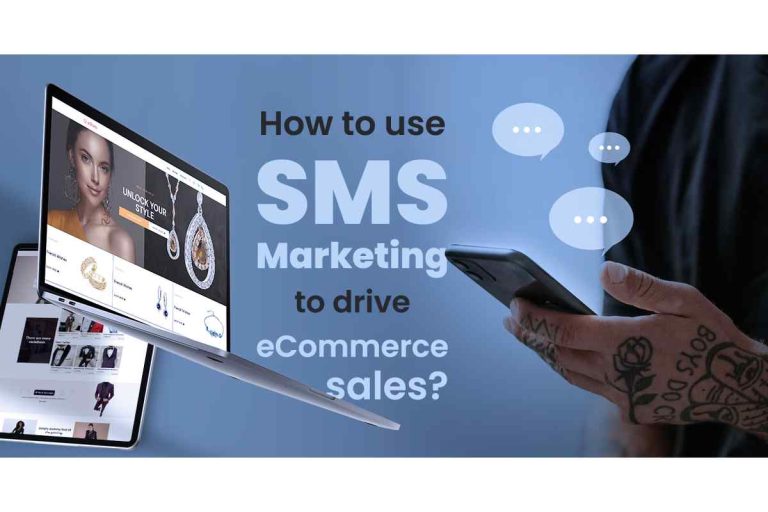Checklists for quality control and browser testing are essential to ensuring that your products live up to the requirements and expectations of your stakeholders and customers. They act as tools for identifying and fixing mistakes, flaws, and deviations before they degrade the caliber of your finished product. However, determining and improving the impact of quality control checklists on the results of quality assurance outcomes may appear difficult. To help you reach your quality goals, we’ll offer advice and best practices in this post on how to measure and improve the impact of the quality control checklist on quality assurance outcomes. So, let’s get started….
How To Measure The Impact Of Quality Control Checklists On Quality Assurance Outcomes?
If you want to know whether the quality control process is enhancing or being efficient, you have to check the impact of the QC checklist on the result of QA tasks. You can do this impact measurement by doing the following :
Define Key Performance Indicators (KPIs)
The metrics used to evaluate and measure the performance of an organization in various operation aspects are known as Key Performance Indicators (KPIs). These metrics help enhance the QC procedures’ efficacy and run the organization successfully. Defect rate is a common KPI that gives metrics of errors or defects found during the QC procedure. As detection rate and quality are inversely proportional, a low defect rate indicates an excellent quality outcome that aligns with industry standards. Therefore, this metric plays a significant role in manufacturing industries for improving quality and mitigating defects.
Another distinct KPI that gives metrics on the satisfaction of user expectations on products is user satisfaction. Organizations can measure the competence of QC efforts in terms of user satisfaction by integrating user feedback into assessment. A KPI which gauges the adherence to regulations, laws, and quality norms of an organization is compliance with standards. The organization must follow the rules and standards for maintaining the safety, quality, and accuracy of the product. Using this KPI, you can determine the areas needed to improve and ensure aligning an organization with laws and regulations. A KPI that gives metrics on the ability of production and delivery processes is on-time delivery. Convenient or on-time delivery plays a major role in satisfying customers and staying in competition. Using this KPI, you can enhance the efficacy of the production timeline and the whole supply chain.
Establish Baseline Data
In the process of executing QC checklists and evaluating their impact on KPI, establishing baseline data plays a vital role. In this procedure, you have to collect and document identified KPIs data before initiating modifications to your QC process. It is called baseline data, which serves as a reference point and illustration of the ongoing execution state. The efficacy of QC checklists and consecutive changes can be measured by this data. You will obtain several benefits by collecting baseline data. Gaining knowledge on current QC execution is its primary benefit. For instance, you can address the occurrence of defects or errors before the execution of checklist-based QC by gauging defect rates.
You can assess the effect on upcoming QC checklists using benchmarks generated by baseline data. This data helps to evaluate the modifications in KPIs by contrasting post-implementation data with this initial baseline. It helps in the data-driven evaluation of the efficacy of checklists. Also, you can establish requirements and goals using baseline data. You may set objectives to attain for enhancement if you have insight into the initial point. Baseline data helps to prioritize areas that need to be improved, which results in a positive impact on decision-making and resource allocation.
Implement Quality Control Checklists
This step is all about the creation and incorporation of organized checklists into different production, support, or organizational phases. These checklists provide all essential quality control points and standards. It is necessary to generate a comprehensive, functional, and brief checklist after recognizing important QC specifications. For easy understanding and pursuit, each checklist item must be distinct and clear-cut. It entails the definition of what to inspect, test, or validate and how to do it.
The sources associated with checklists can also include norms, regulations, or illustrations to help individuals conduct the tasks properly. Workflows and quality control operations incorporate these checklists as part of system integration. This indicates that quality assurance staff members examine the checklist and do the necessary checks at each pertinent stage, whether it be during manufacturing, customer service, or project execution. The organization’s quality requirements are continuously satisfied thanks to this methodical approach, which guarantees that no crucial quality control checkpoints are left out.
Regular Audits And Inspections
Regular audits are methodical evaluations carried out at many of the organizational stages, from organizing projects to manufacturing and service delivery. Finding any discrepancies or variations from stated quality requirements is the main goal. Setting the audits’ frequency and scope in line with the key turning points and inspections listed on the quality control checklists is the first step in the procedure. For example, at crucial stages of production in the manufacturing process, audits may be intended to make sure that each stage complies with the checklist’s unique requirements. Similar to this, audits may take place in the service sectors during various phases of the delivery process to ensure adherence to predetermined norms.
Quality control checklists act as thorough manuals for audits, outlining the precise standards, protocols, and criteria that require assessment. By serving as a common reference point, these checklists guarantee that auditors continually review a similar set of criteria across various procedures and sites. To conduct thorough tests, verify compliance with quality criteria, and identify any anomalies, auditors—who may be internal or external employees—use checklists. The extent and consequence of each inconsistency observed during audits are evaluated and recorded. For implementing corrections and making improvements to the quality control process, this data is essential. Correcting non-conformities as soon as possible contributes to constant quality improvement by preventing a repetition of similar problems.
A constant feedback loop inside the organization is also made possible by regular audits. Analyzing audit results can reveal patterns, trends, or systemic problems that may call for general modification of processes. The organization will remain adaptable in dealing with shifting conditions along with improving its quality control methods over time thanks to this feedback loop, which promotes the idea of constant enhancement.
How To Improve The Impact Of Quality Control Checklists On Quality Assurance Outcomes?
A methodical and ongoing strategy for quality management is necessary to increase the influence of quality control checklists on the results of quality assurance. To improve the efficacy of quality control checklists, try the following techniques:
Regular Review And Revision: It’s crucial to continually evaluate and update your quality control checklists to maintain them relevant and functional. A change may be necessary due to modifications in client demands, technology, or industry laws. Checklists can become outdated if they are not regularly updated, making it difficult to meet modern requirements or problems.
Training And Skill Development: Individuals using the checklists receive training to make sure they know what they are for and how to apply them correctly. Training in specific assessment procedures or how to handle measuring devices perfectly are two examples of skill development.
Clear And Concise Checklist Items: Item descriptions on a checklist should be clear and concise. Unclear language can cause misunderstanding and uneven interpretation, which may compromise the validity of quality control procedures.
Customization: When customized with your organization’s own procedures and industry standards, checklists are more beneficial and effective. Generic checklists won’t fix the specific requirements or risks in the operation.
Risk Assessment: Prioritizing the most significant regulation areas gets easier by including risk evaluations in checklists. Prioritizing high-risk regions enables expenditures to be offered where they are most required to avoid defects in quality.
Data-Driven Decision Making: Quality control checklist data yields insightful information. It is possible to spot trends, frequent problems, and areas for development by regularly analyzing this data. Based on this information, decisions about process improvements or corrective measures occur. This also helps in improving the quality control checklist for future tasks.
Feedback Loop: By establishing a feedback loop, stakeholders, consumers, and staff should strive to express their opinions on the efficacy of checklists and quality control procedures. This feedback promotes adjustments by helping to identify issues that could not otherwise be observed through data analysis alone.
Technological Integration: You can make the checklist procedure more efficient by utilizing technology for quality control processes. You can automate data collection, mitigate human errors, and enhance QC efficacy with digital checklists and quality control software.
Standardization And Documentation: Utilizing the checklists consistently across the organization guarantees standard operating procedures. It is simpler for staff to comprehend and follow the correctly documented procedures.
Benchmarking And Best Practices: Benchmarking entails contrasting your quality assurance procedures and checklists with industry standards and top-performing businesses. Finding effective tactics and areas for development through peer learning.
Customer-Centric Approach: The quality control process is customer-centric when checklist items comply with client requirements and desires. The ultimate goal of quality assurance is to offer goods or services that satisfy or exceed customer expectations.
How Can LambdaTest Help In Improving Quality Assurance Outcomes?
LambdaTest provides a complete, AI-powered test orchestration and test execution environment to improve quality assurance results. For example, cross-browser and cross-device testing in LambdaTest is easier for verifying that websites and web apps function without a hitch in various settings. Quality assurance teams may also conduct automation testing and manual testing on plenty of systems and browsers with LambdaTest, increasing test coverage and lowering compatibility concerns. Additionally, its parallel testing feature speeds up test execution and saves a significant amount of time.
The platform also interfaces with standard CI/CD tools and testing frameworks, easing the testing procedure. Faster bug discovery and bug-fixing are the results of this integration, which guarantees continuous testing throughout the development lifecycle. Overall, by improving test efficiency, scalability, and coverage, LambdaTest enables quality assurance teams to produce high-quality software, eventually resulting in an improved user experience and more customer satisfaction.
Conclusion
A critical component of any process-driven company is the efficacy of quality control checklists in improving quality assurance outcomes. A comprehensive strategy must exist to assess and enhance its effect. Regularly reviewing and updating the checklists based on real-world feedback, conducting thorough post-implementation assessments, and fostering a culture of continuous improvement are key strategies. Moreover, embracing technological advancements and automation in the quality control process can further refine and streamline the checklist’s functionality. With these practices in place, organizations can better ensure that their products and services consistently meet the highest quality standards, ultimately leading to greater customer satisfaction and long-term success.











